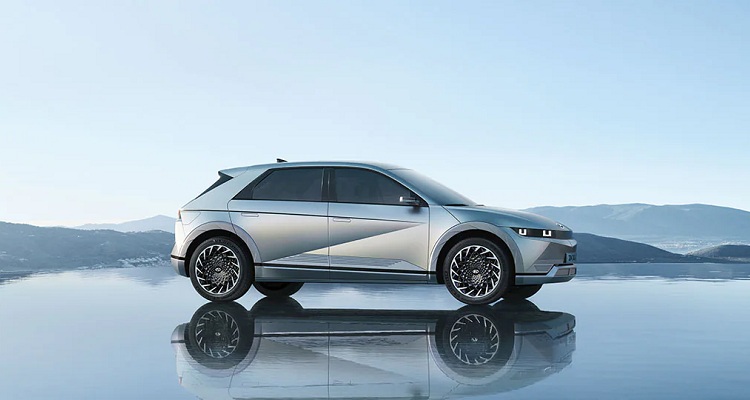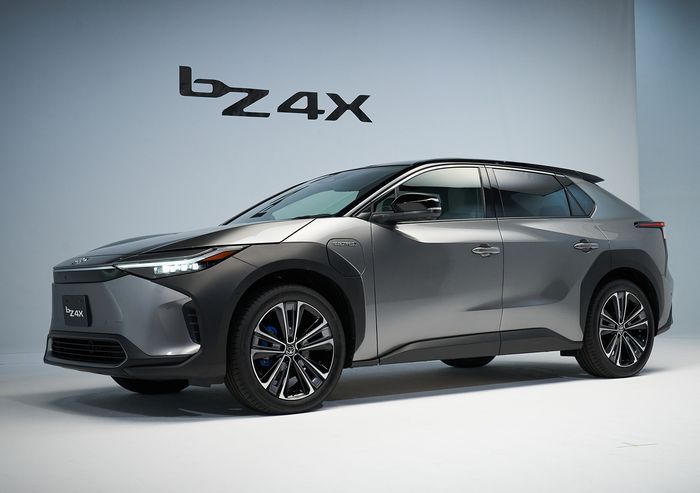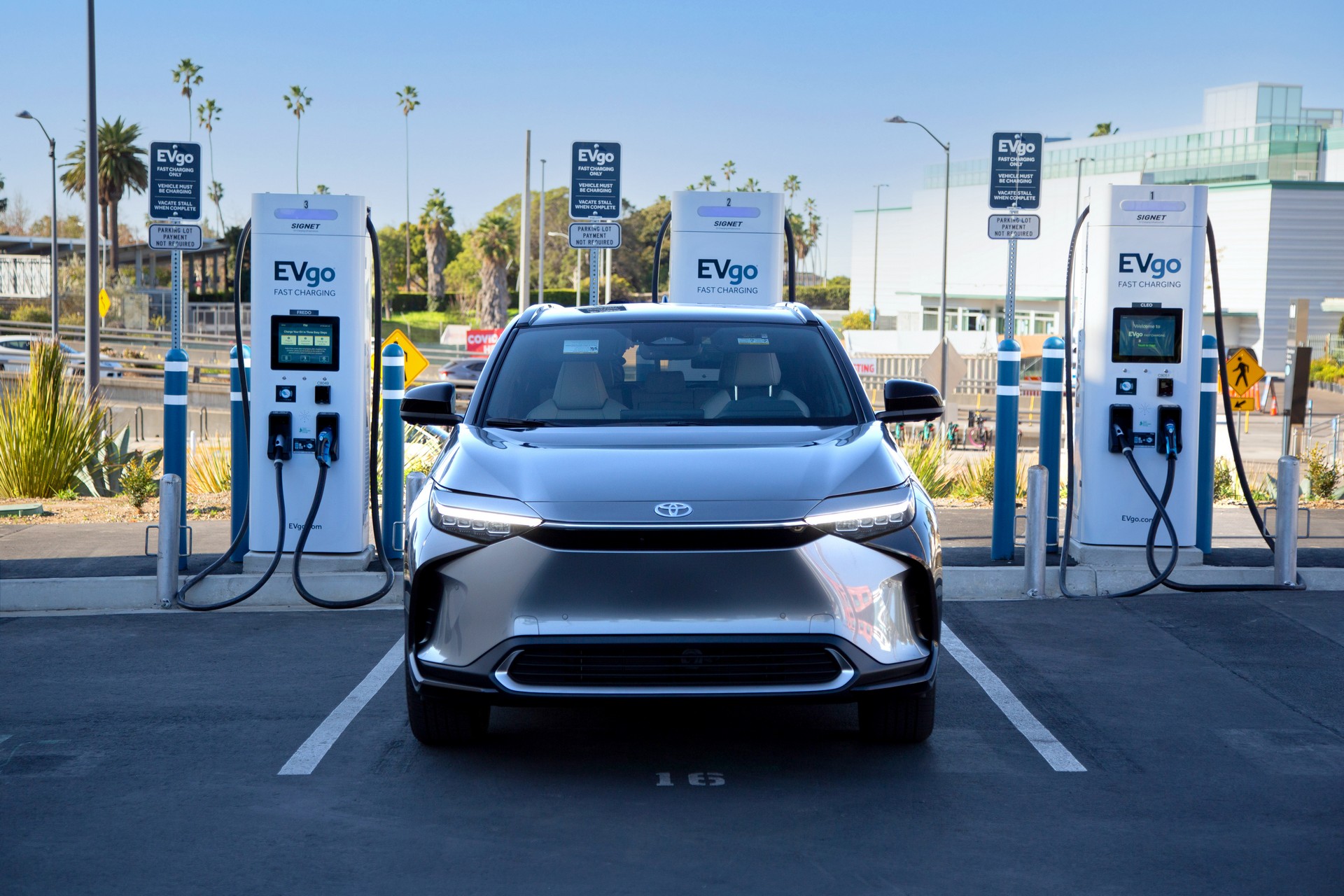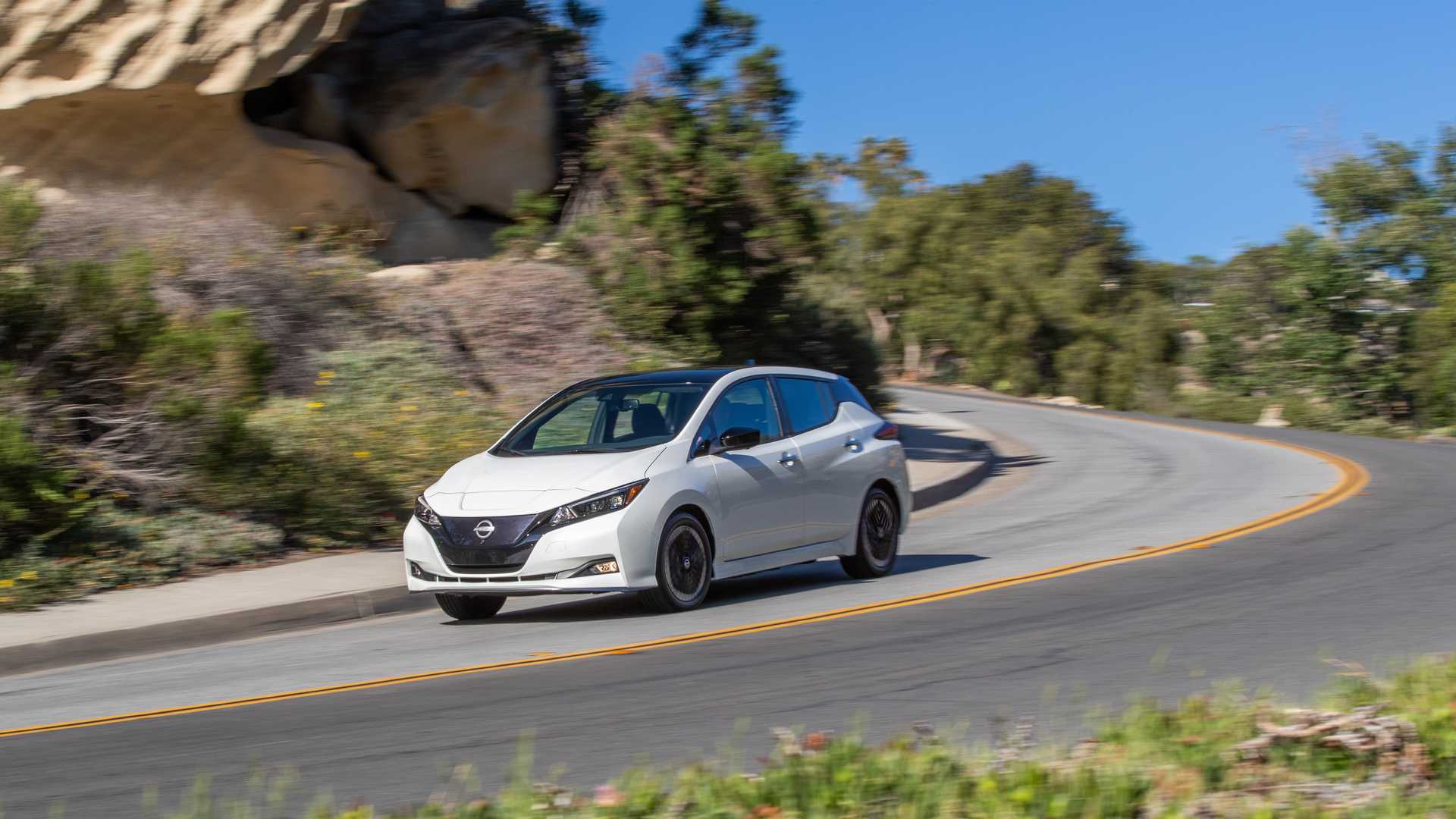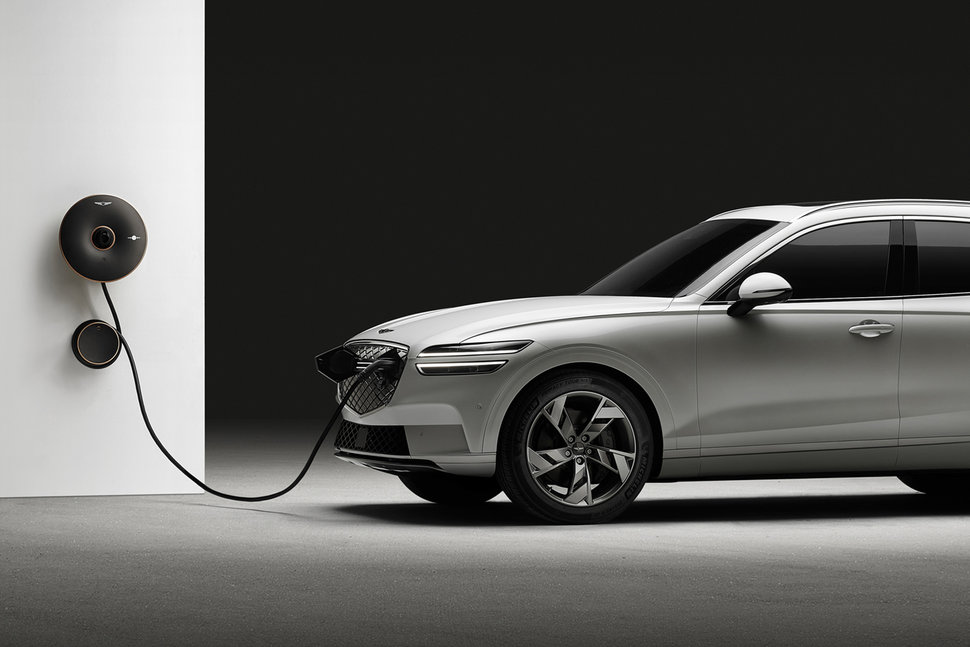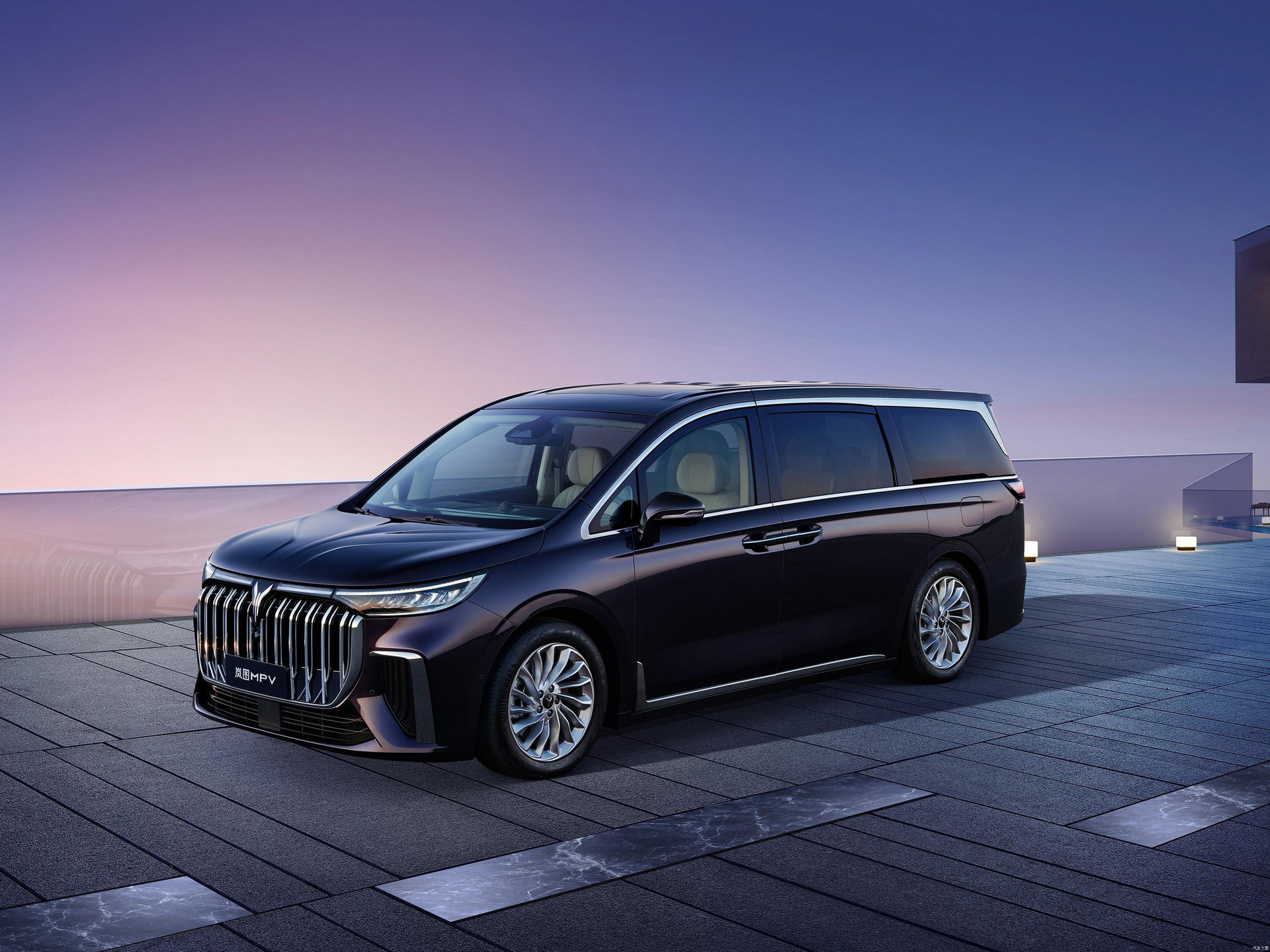The two most basic components in driving an electric vehicle are the battery and the electric motor. In normal operation, the battery provides power to the electric motor, which can cause the vehicle to move.
However, when the vehicle is parked or stationary, the battery is not used. Recently, EV manufacturers have started to think about how these batteries can remain useful in such situations.
One result of this thinking was the introduction of vehicle-to-conduct functionality (also known as Vehicle-to-Load or V2L) in some recently launched EVs.
Simply put, this feature allows the large batteries in electric vehicles to power something outside the car, such as household appliances.
Perhaps the most obvious practical benefit of V2L technology is that it enables practical and enjoyable camping trips.
With an electric SUV equipped with V2L technology, for example, it’s theoretically possible to drive off-road to distant camping sites.
And then draw power from the car battery to use everyday equipment while camping. Such as a coffee machine, microwave, or electric pump to inflate an air mattress.
However, when buying an EV that claims to offer V2L functionality, it’s important to pay attention to the actual watts (electric power) the car can produce.
Also, the availability of special adapters or other special equipment that may be required to connect the car to everyday electrical appliances that use a standard three-pin plug.
The Hyundai Ioniq 5 features V2L functionality with an output of 3,600 Watts. That output is more than enough to power everything from laptops, electric stoves, home lights, and more. Hyundai also includes an adapter on this Ioniq 5.
The adapter has one end that plugs into the car’s charging port, and the other end contains a three-pin socket for connecting equipment. Other EVs may have a lower wattage output or may not come with a similar adapter, which can be used to easily connect equipment or devices to the car battery.
The Mitsubishi Outlander PHEV (plug-in hybrid electric vehicle), for example, is only optionally available in certain markets with a 1,500 watt “AC power feeder” that can be used to power other equipment.
V2L functionality can also be useful in more serious situations, including rescue and relief efforts during natural disasters or other crises.
Mitsubishi, for example, has used V2L technology in one of its electric cars, the i-MiEV, as a backup power source after the 2011 Fukushima earthquake and tsunami.

